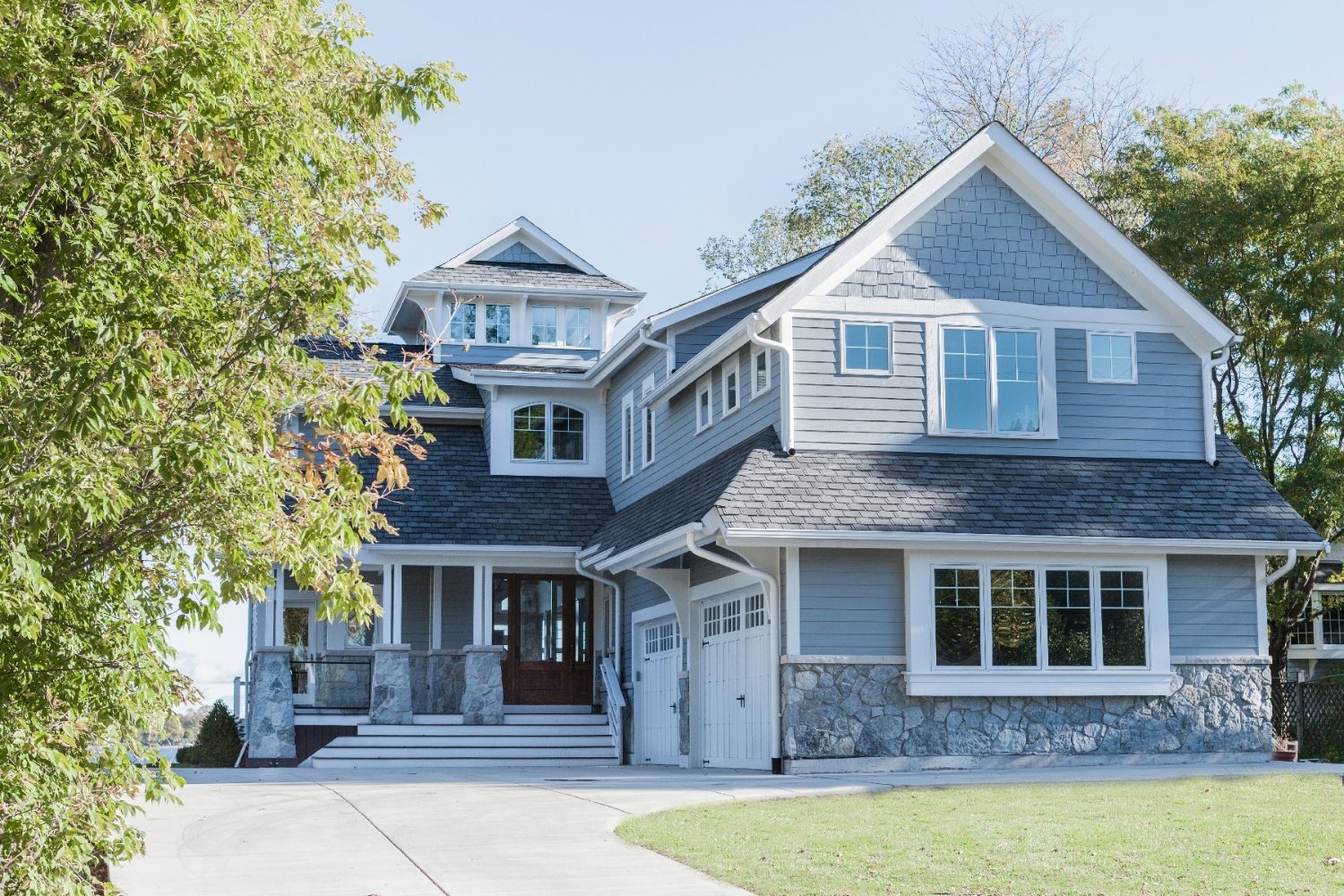Our Checklist
1. Local Zoning Regulations: Verify whether adding a second story is permitted in your location by consulting the local building codes and zoning laws. Obtain the required permits and approvals from local authorities.
2. Structural Integrity: To ascertain whether the existing foundation and structure can support an additional story, have a qualified structural engineer evaluate them.
3. Budget and Financing: Establish a thorough spending plan for all project expenses, including building supplies, licenses, and unforeseen charges. Investigate your alternatives for funding and obtain the money required for the project.
4. Architectural designs: Hire an architect to prepare comprehensive designs for the second story. Ensure the design satisfies your needs and blends in with the current framework.
5. HVAC and Utilities: Assess the effects on the current HVAC and utility systems. Make any necessary upgrades or adjustments to your plan.
6. Accessibility: Consider the method of accessing the second story. Assess the necessity of adding stairs or an elevator and ensure the local building codes are followed.
7. Neighborhood Aesthetics: Preserve the home’s visual coherence with one another. Make sure your expansion complements the neighborhood's aesthetic and character.
8. Contractors and Builders: Do your homework and choose reliable second-story expansion specialists. Get several quotes and verify references before making a choice.
9. Timeline: Establish a reasonable schedule for the construction process, considering any delays brought on by inclement weather or unanticipated events.
10. Insurance Coverage: Ensure your homeowner's insurance covers the increased property value and inform your insurance company about the proposed expansion.
11. Neighborhood Notifications: Let your neighbors know about the planned development, particularly if noise or temporary road closures may affect them.
12. Environmental Considerations: Consider how the construction may affect the environment. Put policies in place to reduce interference with the environment.
13. Safety Measures: To safeguard workers and residents, put safety measures in place while the building is underway. Observe safety guidelines.
14. Internal Design and Layout: Arrange the second story's interior spaces to combine aesthetics and utility best. Take into account elements like lighting and room arrangement.
15. Last Inspections: Arrange for final inspections to ensure the construction complies with all applicable building codes and standards.
By carefully considering these factors and doing your research, you can make an informed decision about whether adding an addition or second story is the right choice for your home and lifestyle. Consulting with an architect, contractor, and structural engineer can provide valuable insights and expertise.
If you're looking to transform your kitchen, bathroom, basement, add an addition, and more, the qualified, award-winning, and creative team at HDC can help! Please take a moment to browse our extensive portfolio of remodeling projects and remodeling blog, learn more about our pricing guides, or take a moment to learn more about our design-build remodeling services. For more information or to schedule a no-obligation home or virtual consultation, simply fill out the form below, or give us a call at (630) 991-8700. Thank you for your interest in HDC.


